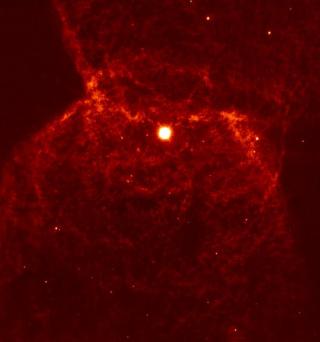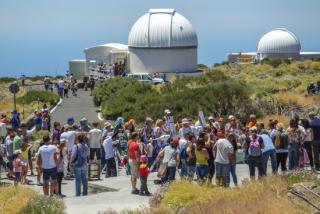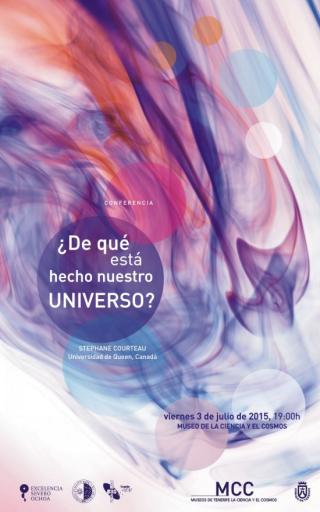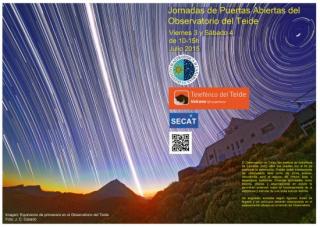
Observers use the technique of adaptive optics on a bipolar planetary nebula, obtaining greater detail than in images from the Hubble
Advertised on
This section includes scientific and technological news from the IAC and its Observatories, as well as press releases on scientific and technological results, astronomical events, educational projects, outreach activities and institutional events.





